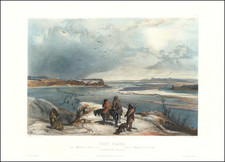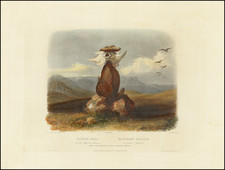Karl Bodmer's Woman of the Snake-Tribe. Woman of the Creek Tribe. offers an intimate visual account of the Cree tribe, as seen in his two separate yet integrated hand-colored aquatint portraits of Cree women, both married to employees of the American Fur Company. Captured during his stay at Fort Union in October 1833, these illustrations serve as ethnographic records of Indigenous communities during the 19th century.
Amid the larger context of 19th-century exploration and documentation, Bodmer's work contributes significantly to the period's burgeoning ethnographic art. This period was characterized by the westward expansion of the United States, an era when encounters with Indigenous peoples prompted considerable interest in their cultures and ways of life. As such, Bodmer's portraits provide valuable historical insights, portraying the Indigenous tribes not merely as objects of curiosity but as individuals with their own identities and stories.
The process of integrating two separate portraits into one print was an innovative suggestion made by Bodmer, although it remains unclear whether a composite image of the two women was ever created for the engraver's reference. This method of presenting multiple subjects within a single print underscores Bodmer's artistic ingenuity, adding an additional layer of complexity to his ethnographic documentation.
The engraver is thought to have worked from two separate sheets, the Joslyn Museum's KBAS 259 and 268. The intricacy and accuracy of the hand-colored aquatint technique highlight Bodmer's commitment to capturing the authentic visual details of his subjects, further enhancing the historical and artistic value of these portraits.
State
Ruud's 1st of 2 states, lacking the date.









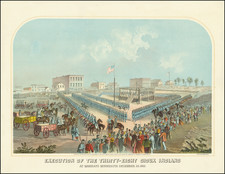
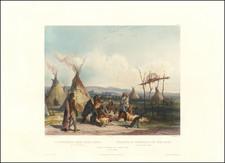
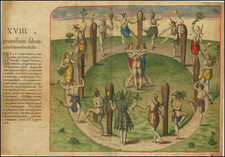
![(Mexican-Aztec Paintings) [Original watercolor of Aztec Deities: Panquetzaliztli, Atemoztli, Nemontemi, and others]](https://storage.googleapis.com/raremaps/img/small/103006.jpg)
